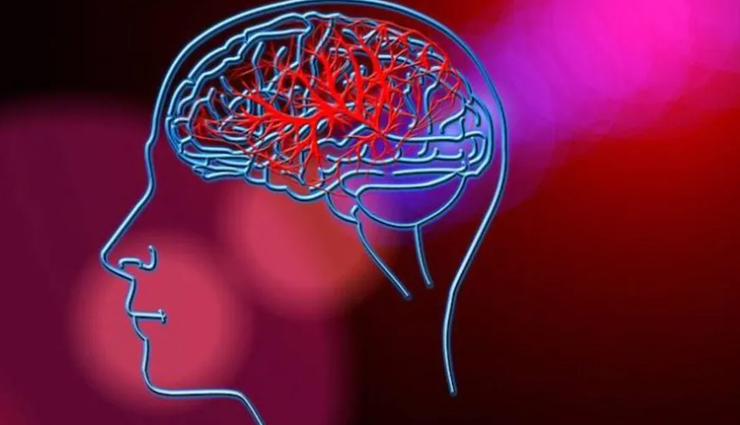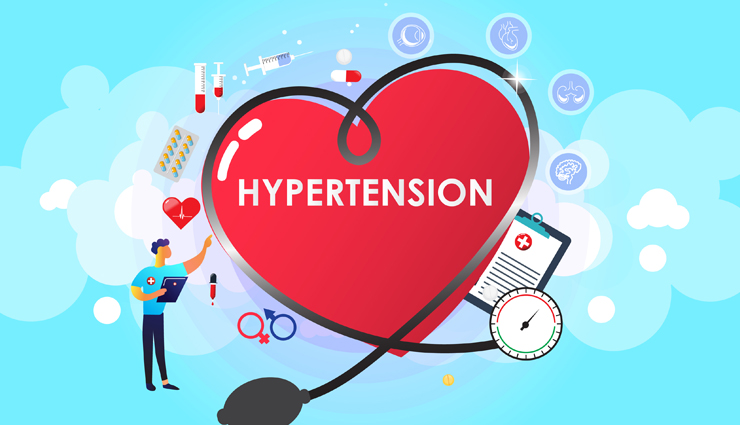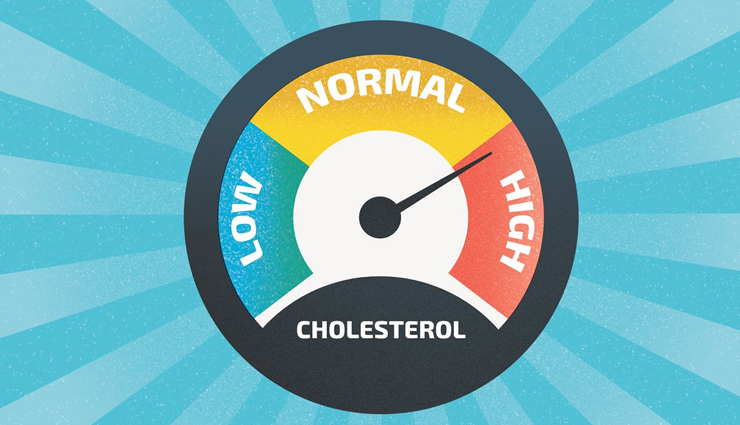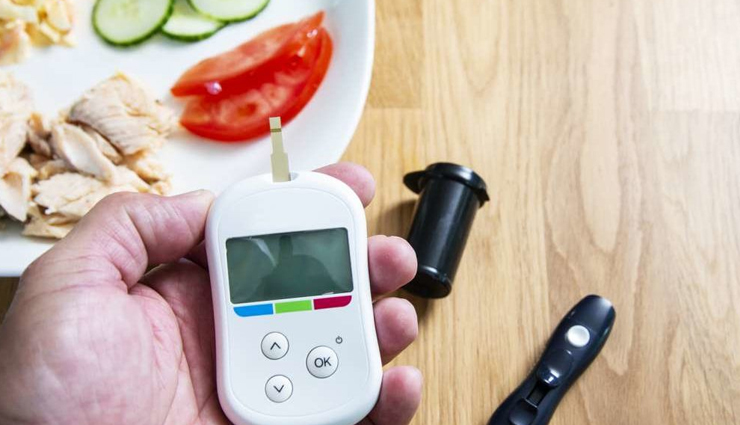- Home›
- Healthy Living›
- World Stroke Day 2022- 5 Leading Causes Of Stroke You Should Know
World Stroke Day 2022- 5 Leading Causes Of Stroke You Should Know
By: Kratika Maheshwari Sat, 29 Oct 2022 10:00:32

World Stroke Day is an opportunity to raise awareness of the serious nature and high rates of stroke and talk about ways in which we can reduce the burden of stroke through better public awareness of the risk factors and signs of stroke. It is also an opportunity to advocate for action by decision makers at global, regional and national levels that are essential to improve stroke prevention, access to acute treatment and support for survivors and caregivers.
Stroke prevention begins offevolved with awareness. You ought to first recognize what the predominant the hazard elements for stroke are so you can take movement if any of them follow to you. By coping with hazard elements early on, you could lessen your possibilities of getting a stroke.

Many persistent fitness situations boom one’s hazard of getting a stroke. To assist with stroke prevention, you'll find out about the five main reasons of stroke below.
If you've got got any of those stroke hazard elements, now could be the time to have a communication together along with your medical doctor approximately the first-class control options.

# Hypertension (High Blood Pressure)
Hypertension is a leading cause of stroke because it places extra strain on the walls of the arteries. When there is too much pressure on the arterial walls, there is an increased risk of rupture, which can cause hemorrhagic stroke.
Additionally, high blood pressure can increase damage on the arterial walls, which may contribute to blockages that can cause an ischemic stroke.
This analysis found that based on data from 30 studies, about 64% of stroke patients had hypertension. Maintaining blood pressure at normal levels will decrease strain on the cardiovascular system and significantly reduce the risk of stroke.

# High Cholesterol
Having high cholesterol is also a leading stroke risk factor.
Your body needs a certain amount of cholesterol to produce vital substances like hormones and vitamin D. Only a limited amount of cholesterol is needed from foods, as the liver already produces 80% of the cholesterol the body needs. Regularly eating certain cholesterol-rich foods can result in your cholesterol levels getting too high.
It is important to differentiate between the two types of cholesterols you can eat, as they have opposite effects on your cardiovascular system.
LDL cholesterol, or “bad” cholesterol, is found in many foods, including fatty meat products. Consuming LDL cholesterol results in fatty deposits called plaques to build up in the arteries, making the arteries narrower and more prone to clotting. This greatly increases the risk of stroke.
The “good” HDL cholesterols are able to carry some of bad cholesterol back to the liver, limiting the effects of bad cholesterol. HDL cholesterol is found in foods such as nuts, fish, and olive oil.
Focusing on limiting your consumption of bad cholesterol and increasing your intake of foods with good cholesterol can limit your risk of having a stroke.

# Diabetes
Individuals with diabetes are 1.5 times more likely to have a stroke than individuals without diabetes.
Diabetes is a metabolic disorder characterized by high blood sugar (also called blood glucose) caused by a lack of insulin produced by the body or insulin resistance. High blood glucose levels can contribute to the buildup of fatty deposits inside the arteries. This can cause damage to the nerves and blood vessels, which can lead to heart disease and stroke.

# Obesity
Obesity is a well-established risk factor for ischemic stroke that is characterized by having a Body Mass Index (BMI) of greater than 30. In fact, it’s suggested that for each unit increase in BMI, the risk of having a stroke is increased by 6%.
Additionally, the amount of body fat specifically around the waist is proven to be a better predictor of stroke risk than BMI alone. The fat located around the waist is called visceral adipose tissue and too much of it is linked to insulin resistance, high cholesterol, and hypertension, all of which are major risk factors for stroke.

# Smoking
Smoking narrows the arteries, thickens the blood, and increases the risk of blood clots in the arteries. Each of these factors is a stroke risk within itself, so it’s no surprise that smoking doubles your risk of having a stroke.
By quitting smoking, you can help your blood flow freely throughout your body, which is key to preventing stroke and living a healthy life.





